Learning Spanish doesn’t have to mean memorizing endless lists of verbs or repeating phrases without context. One of the most effective and fun ways to build vocabulary and fluency is by reading short stories that connect with everyday experiences and emotions.
That’s why we’re excited to share our Spanish story for beginners – Mi viaje a Paris. This short narrative follows a young woman on her first journey to the French capital—and it’s told entirely in simple, clear Spanish, perfect for early learners.
What’s included?
In this post you will find:
- The video with the story.
- PDF with the story in Spanish and translation into English.
- PDF with a test about the story. Test your comprehension with ten questions. Answer key included.
Below you can find the video and the download links.
Spanish Short Story for beginners: Mi viaje a París
Visita al dentista, story and test
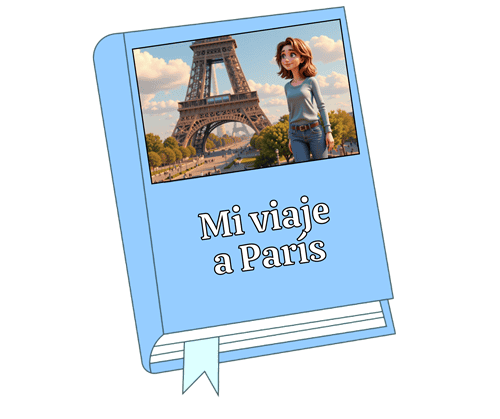
These are the download links:
[PDF] Mi viaje a París – Story in Spanish
[PDF] Mi viaje a París – English translation
[PDF] Test about ‘Mi viaje a París‘
Mi viaje a París, story in Spanish
¡Hola! Me llamo Olivia y el verano pasado fui a París. Era mi primera vez en Francia, y estaba muy emocionada.
El primer día visité la Torre Eiffel. ¡Era tan alta y bonita! Hice muchas fotos y comí un delicioso cruasán en una pequeña cafetería cercana.
Al día siguiente fui al Museo del Louvre. ¡Vi la Mona Lisa! Había muchos cuadros y estatuas preciosas. El museo era muy grande y caminé mucho.
También visité la Catedral de Notre-Dame. La catedral era antigua e impresionante. Subí muchas escaleras para ver la ciudad desde lo alto. ¡Las vistas eran fantásticas!
Una tarde caminé por los Campos Elíseos. Había muchas tiendas y restaurantes. Compré un pequeño recuerdo para mi familia. Luego me senté en un parque y comí un crêpe con chocolate. ¡Estaba delicioso!
En mi último día paseé en barco por el río Sena. El agua estaba tranquila y la ciudad se veía mágica de noche. Las luces de París eran preciosas.
Me encantó mi viaje a París. La ciudad me pareció maravillosa y la comida fue increíble.
¡Espero volver algún día!
How to make the most of it
- Read the story first in Spanish and underline or note any unfamiliar words.
- Check the English version to clarify meaning—but don’t rely on it too much!
- Re-read the Spanish aloud to improve pronunciation and fluency.
- Complete the quiz to test how much you understood and reflect on key details.
- Try retelling the story in your own words as a speaking or writing exercise.
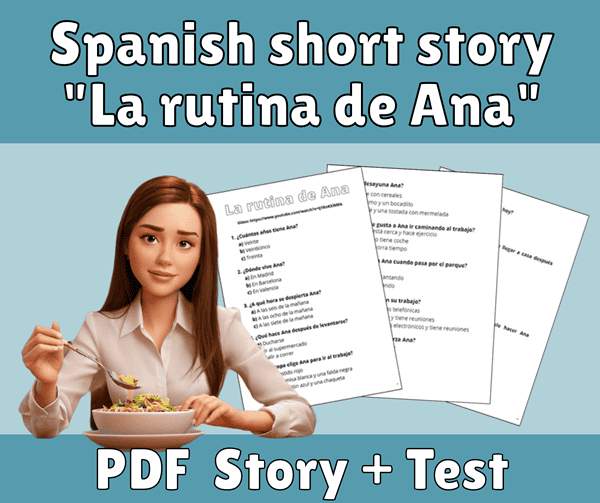
![[PDF] Spanish story for beginners: Visita al dentista](https://spanishlevel.com/wp-content/uploads/2025/05/PDF-Spanish-story-for-beginners-Visita-al-dentista.png)
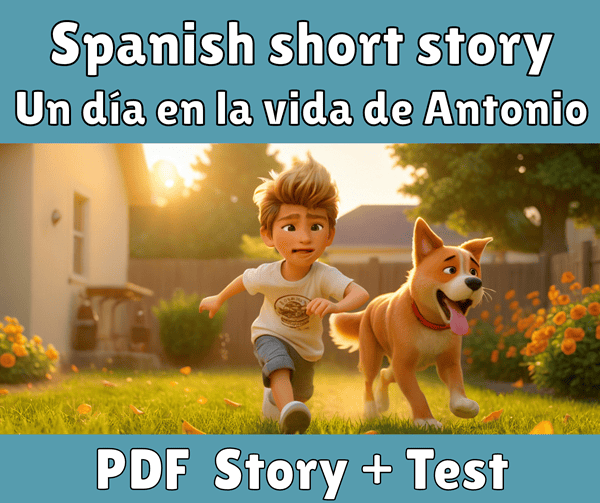
![[PDF] Spanish story for beginners La moneda mágica](https://spanishlevel.com/wp-content/uploads/2025/05/PDF-Spanish-story-for-beginners-La-moneda-magica.png)


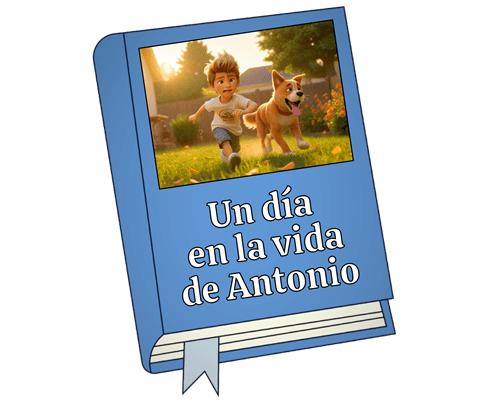


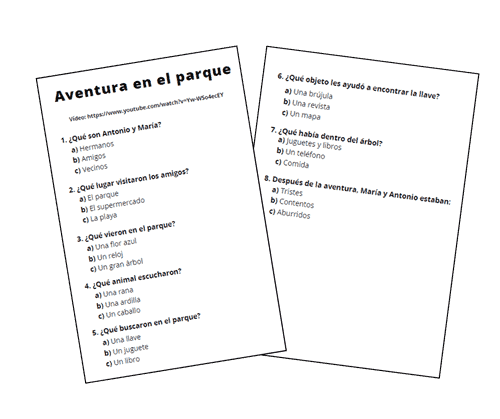

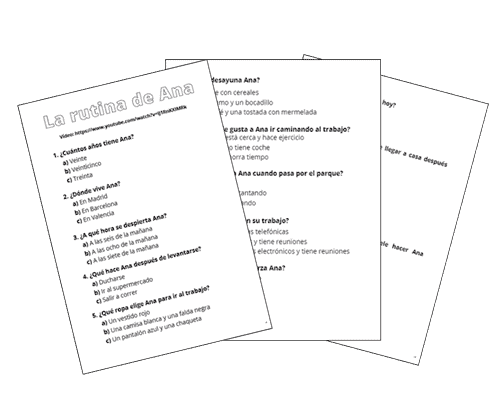

![[PDF] En casa de Juan, a song about the Spanish preposition EN](https://spanishlevel.com/wp-content/uploads/2025/01/PDF-En-casa-de-Juan-a-song-about-the-Spanish-preposition-EN.png)
